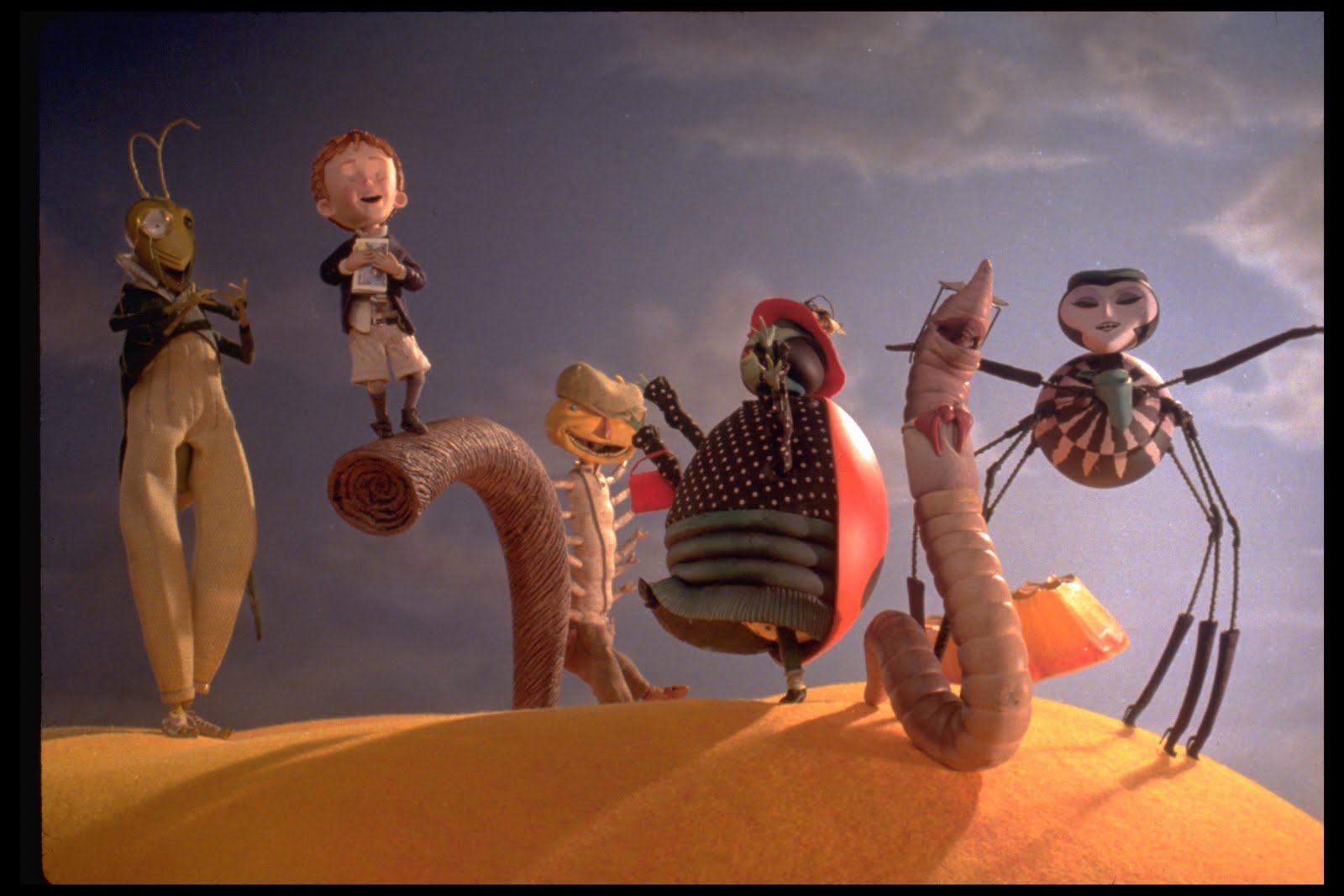Roald Dahl's life, and how it shaped his stories: Week in Books

Your support helps us to tell the story
From reproductive rights to climate change to Big Tech, The Independent is on the ground when the story is developing. Whether it's investigating the financials of Elon Musk's pro-Trump PAC or producing our latest documentary, 'The A Word', which shines a light on the American women fighting for reproductive rights, we know how important it is to parse out the facts from the messaging.
At such a critical moment in US history, we need reporters on the ground. Your donation allows us to keep sending journalists to speak to both sides of the story.
The Independent is trusted by Americans across the entire political spectrum. And unlike many other quality news outlets, we choose not to lock Americans out of our reporting and analysis with paywalls. We believe quality journalism should be available to everyone, paid for by those who can afford it.
Your support makes all the difference.A new Roald Dahl exhibition has all the interactive bells and whistles a children’s clientele could wish for. The Wondercrump World of Roald Dahl, which just opened at London’s Southbank Centre, shows us how to put on a good show for seven-plusses with a tour filled with storytelling, sound-effects, film-set lighting and a labyrinthine layout (shifting shelves in the library; bits of a war plane that Dahl crashed in desert-dunes, etc).
But aside from the things that will enthral children – a gigantic Peach, of James and the Giant...; an upside-down room, of The Twits; a forest full of hooting owl and eerie night sounds, of Danny, the Champion of the World – the adult exhibition wrapped inside the children’s one is no less wondrous, and more informing that one might have imagined.
It is not just a case of learning about the man behind some of our favourite childhood stories, though there is certainly that: a class photograph of Dahl aged 16 at Repton boarding school in Derbyshire looking posh and awkward. His childhood letters to his mother (“mama”), always signed Boy, which hang from the ceiling like origami birds, and which would later inspire the title of his autobiographical book, Boy. And the RAF uniform from his war days (for which he received seven hours’ flying training before climbing into a plane and crashing in Libya).
But among the personal detritus are signs of his “process” in which elements of his life – often the difficult elements – were woven and restrung in fiction. In this, the sadness was often resolved, so that fiction provided psychic “healing” for him, to use the therapeutic language of today. The loss of Dahl’s father in childhood turned into a happy ending for Danny in his close relationship with his father in Danny, the Champion of the World, and the loneliness, the struggles with authority in boarding school life, were reworked in the same book too.
There is a dream journal in the show which reveals not just his boyhood demons and his vivid imagination but the way in which life is processed through storytelling, in sleep as in fiction (Dahl dreams about icebergs, which my tour guide linked to his Norwegian ancestry). These documents reveal, specifically, Dahl’s inner world, but more generally, the way in which elements of autobiography coalesce with creativity over a lifetime.
The bigger insight into his process – and the one that most appeals to me – is his visual imagination; so how he drew in order to write. There are some simple pencil sketches of Mr Fox, which shows Dahl working out his protagonist’s movements for Fantastic Mr Fox. It is a delight to see this kind of sequential sketching, which is not unlike the process the film director Martin Scorsese has spoken about in his schoolboy storyboarding days, placing one image after another until these pictures gain imaginative life and narrative momentum.
The interface between images and words is clear in Dahl’s work, not only in his sketches of Mr Fox but his collaborations with Quentin Blake. We can view the photo that Dahl sent him of a local firebrand – a horticulturalist called Miss Beatrix Havergal – whose fierce, mannish, look he wanted Blake to replicate for the character of Miss Trunchball in Matilda.
He also sent Blake a leather sandal so that he would rework the BFG’s footwear. Blake had envisaged him in wellies but here was writer telling illustrator that the BFG of his imagination wore this, not that!
On my Dahl tour, surrounded by children squeaking in excitement around me, I felt myself thinking of the shape a writer’s life takes when laid out in documents and objects. If art exhibitions in the past – Yayoi Kusama’s and Matisse’s Cut-Outs at Tate Modern or Anish Kapoor’s retrospective at the RA – were deemed successful “crossover” –shows, this too is as much for grown-ups as it is for the kids.
Join our commenting forum
Join thought-provoking conversations, follow other Independent readers and see their replies
Comments